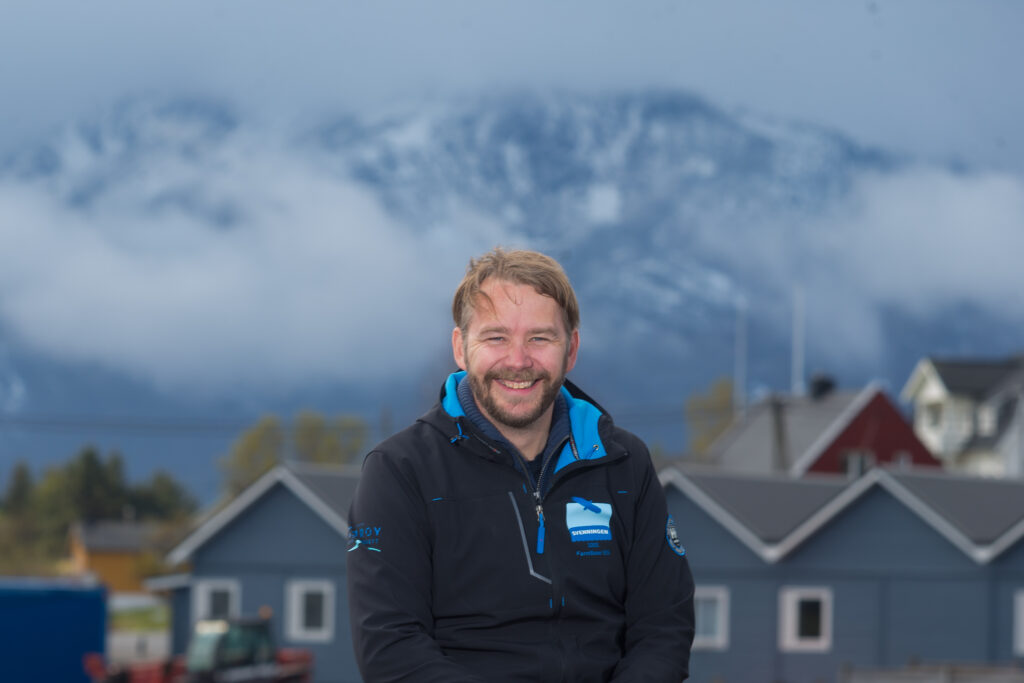Arctic Seafarm clears another approval hurdle

A land-based salmon farm in northern Norway has secured a government permit for its flow-through system. The move opens the way for a farm with the capacity to produce up 15,000 tonnes annually.
Arctic Seafarm will be based at the Nesna Industrial Park in Norway. Alf-Gøran Knutsen, Chief Executive Officer of family-owned salmon farmer Kvarøy Arctic and Kvarøy Fiskeoppdrett has been appointed Chairman of the board of Arctic Seafarm Holding, the company which owns Arctic Seafarm Langset AS.
Kvarøy Fiskeoppdrett is the largest shareholder in the project and its centre of operations, the island of Kvarøy, is located just 30 minutes away from the Arctic Seafarm site.
Arctic Seafarm Chief Executive Officer Carsten Rimer said: “We are happy to have Kvarøy Fiskeoppdrett AS on board with us. Their knowledge of fish welfare and sustainable aquaculture will be an important key to our success. I’m confident their experience and involvement in every step of the value chain from smolt deliveries through to distribution will allow this collaboration to prosper.”
Arctic Seafarm says its land-based flow-through system solves many of the persistent concerns ocean-based farms face globally including the risk of disease, unpredictable threatening ocean events, escapes, and the effects on the surrounding environment, among other factors.
A state-of-the-art flow-through system will retrieve clean, cold water from 80 metres below the sea surface, a depth that minimises the need for sea lice control measures. For added security, the water will be filtered for sediment and treated with a UV light before entering the flow-through system. Water temperatures will remain consistent throughout the year to facilitate optimal growing conditions.
Arctic Seafarm will maintain a low climate footprint sourcing energy from solar, hydro technology, and biofuel. Further energy saving measures will be explored including the use of residual waste from salmon production.
Knutsen said: “We believe the future of aquaculture will thrive with a co-existence of both sea farms and land-based facilities. It’s our responsibility to find new, safe ways to feed the world’s growing population with sustainable seafood. This is the path forward to facilitate responsible production and the future of equitable access to nutritious seafood globally.”

Alf-Gøran Knutsen, CEO Kvarøy Arctic

